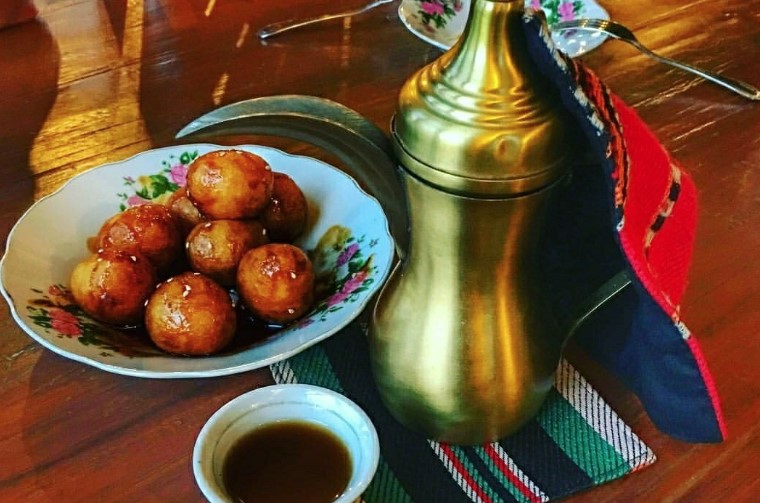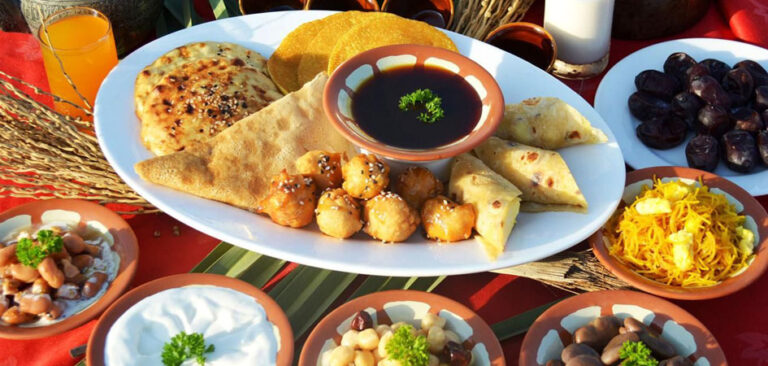Introduction: Emirati cuisine
Emirati cuisine is a fusion of Middle Eastern and Asian influences, reflecting the country’s location at a crossroads of cultures. The cuisine is characterized by its use of fragrant spices, herbs, and locally sourced ingredients, such as seafood, camel meat, and dates. Emirati cuisine is also known for its generous portions and hospitality, with meals often served in large communal dishes for sharing.
Emirati culinary influences
Emirati cuisine has been influenced by a variety of cultures, including Persian, Indian, and African. These cultural influences are reflected in the use of spices and herbs, such as saffron, cinnamon, cardamom, and turmeric, in Emirati dishes. The country’s coastal location has also influenced its cuisine, with seafood being a staple ingredient in many dishes.
Common Emirati dishes
Some of the most common Emirati dishes include machboos, a spiced rice dish made with meat or seafood and served with a tomato-based sauce; thareed, a bread and meat stew often served during Ramadan; and luqaimat, a sweet fried dough ball drizzled with honey.
Traditional Emirati ingredients
Traditional Emirati ingredients include dates, camel meat, and saffron. Dates are a staple ingredient in many Emirati dishes, including desserts such as ma’amoul, a date-filled pastry. Camel meat is a popular meat in Emirati cuisine and is used in dishes such as machboos and thareed. Saffron is also a key ingredient in Emirati cuisine, adding flavor and color to dishes such as biryani.
Unique Emirati dishes
One unique Emirati dish is balaleet, a sweet vermicelli pudding made with saffron, rosewater, and cardamom. Another unique dish is saloona, a stew made with vegetables and meat, such as lamb or chicken. Another unique dish is hares, a meat and wheat porridge that is traditionally served during Ramadan.
Conclusion: Emirati culinary identity
Emirati cuisine is a reflection of the country’s cultural diversity and history, with influences from Persian, Indian, and African cuisine. While there are many common dishes shared with other Middle Eastern cultures, such as hummus and falafel, there are also unique Emirati dishes that showcase the country’s culinary identity. Emirati cuisine is a celebration of local ingredients, spices, and flavors, and is a testament to the country’s rich cultural heritage.



